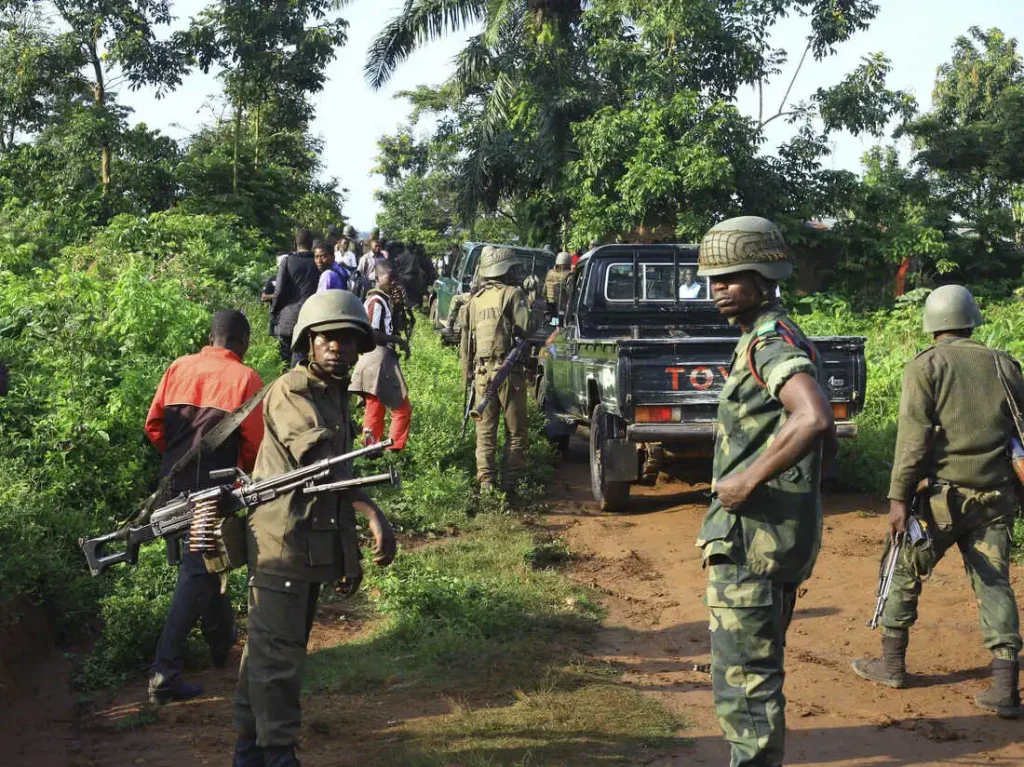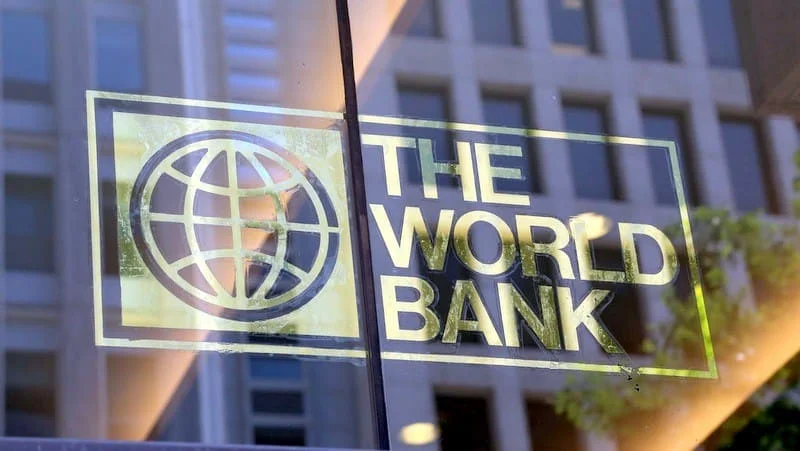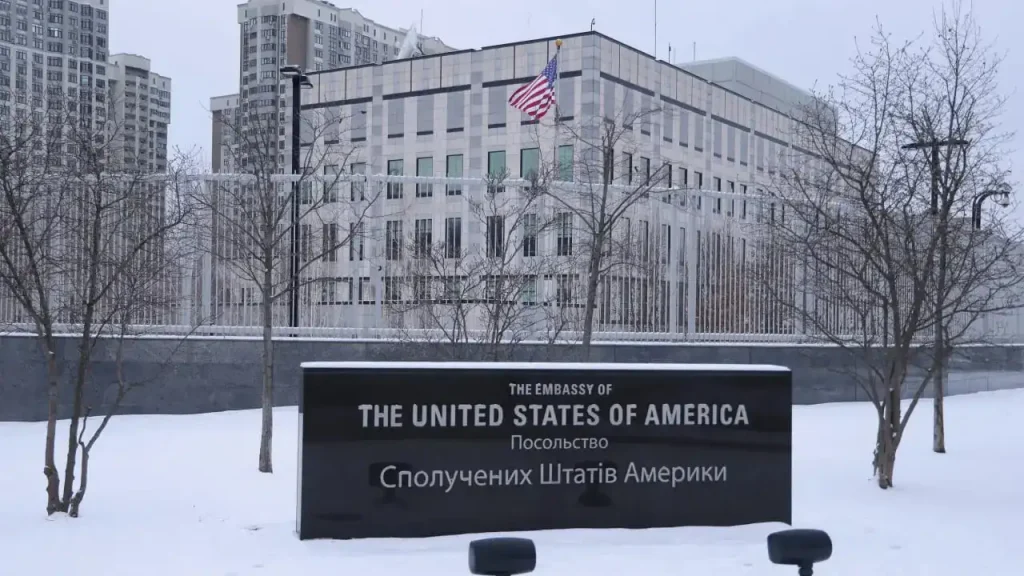On January 12, 2021, Lucha, a leading DRC civil society group, reported that the Allied Democratic Forces (ADF) killed 1,206 civilians in the Beni region since the Congolese army (FARDC) launched Operation Sukola 1 against the group on October 30, 2019, per.
The offensive, meant to curb ADF massacres ongoing since 2014, instead dispersed fighters into smaller, mobile groups, expanding violence into Rwenzori and Ituri, per UN reports.
ADF’s Escalating Violence
Originally Ugandan Muslim rebels opposing President Yoweri Museveni, the ADF, based in eastern DRC since 1995, shifted to targeting civilians and FARDC, killing 310 civilians in Beni by December 2019, per Kivu Security Tracker. Their tactics, using machetes and small arms, intensified after pledging allegiance to ISIS in 2018, per. A January 8, 2021, attack saw ADF execute 50 hostages while fleeing FARDC, per. The group also killed dozens of MONUSCO peacekeepers, per.
Military and Regional Failures
Lucha criticized the FARDC’s operation for scattering ADF into rural areas, where they continued massacres, per. By December 2020, ADF attacks spread southeast to Rwenzori, near Virunga National Park, and into Ituri, previously calmer, per. Human rights advocates noted attacks occurred near military bases, suggesting disorganization, per. Joint FARDC-MONUSCO efforts, including 2013’s Force Intervention Brigade, failed to neutralize ADF, with 1,013 civilian deaths by February 2021, per.
Humanitarian Crisis
The violence displaced 2.8 million in North Kivu and Ituri by 2021, with 60% of Beni’s population food insecure, per UNHCR. ADF’s abduction of 500 civilians in 2019–2020 fueled fear, per. The conflict’s ethnic and sectarian undertones, targeting Christian communities, risked escalating tensions in a 90% Catholic nation, per. MONUSCO’s 16,000 peacekeepers faced local distrust, with protests in November 2019 burning a UN base, per.
Critical Analysis
The FARDC’s offensive, while reducing ADF strongholds, inadvertently worsened civilian targeting, as small ADF units exploited weak governance, per. The group’s ISIS ties, though tenuous, amplified its brutality, with 250 deaths from October–December 2014 alone, per. Regional efforts, like Uganda’s 2021 Operation Shujaa, failed to curb ADF’s mobility, per. DRC’s state of siege in North Kivu, declared May 2021, replaced civilian officials with military, yet violence persisted, per. Corruption and mineral wealth (gold, coltan) likely sustain ADF’s operations, per.
Path Forward
DRC needs coordinated regional action via the Great Lakes Conference to disrupt ADF’s cross-border networks, per. Strengthening MONUSCO’s civilian protection, with 2023’s Operation Springbok as a model, could curb attacks, per. Addressing root causes—poverty (70% below $2.15/day, per World Bank) and weak institutions—requires governance reforms. Community-led intelligence and ICC investigations, prioritized since 2023, could deter ADF atrocities, per. Without these, Beni’s death toll will likely rise.






